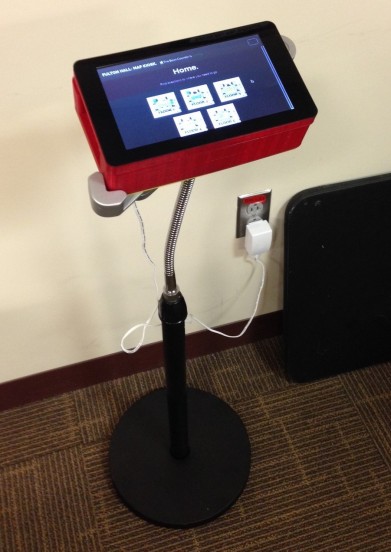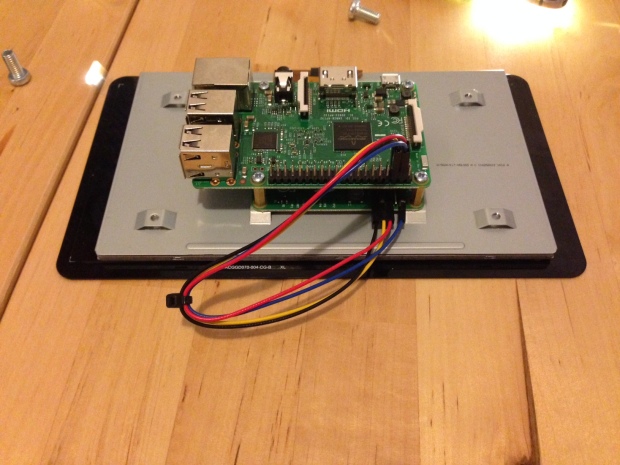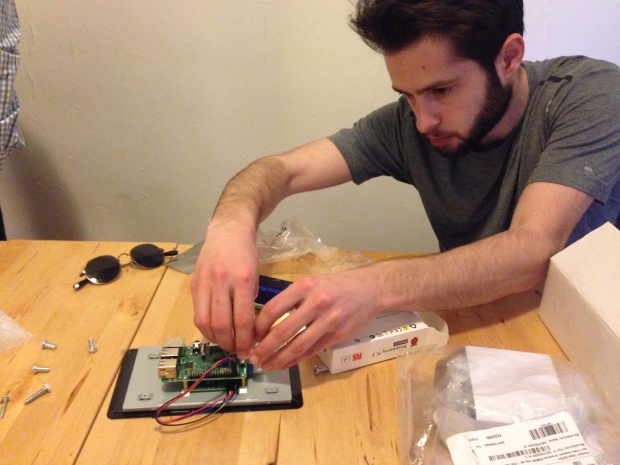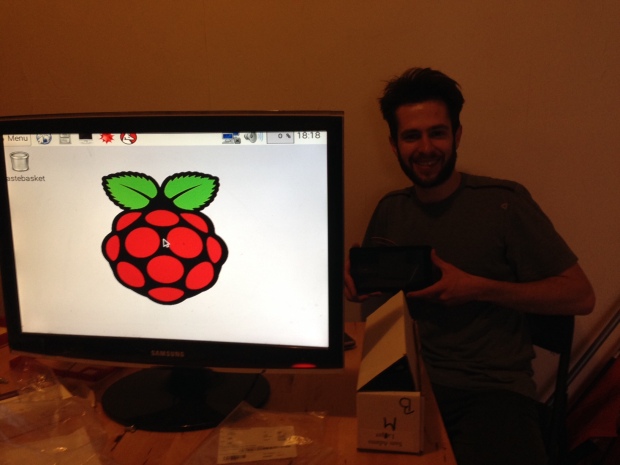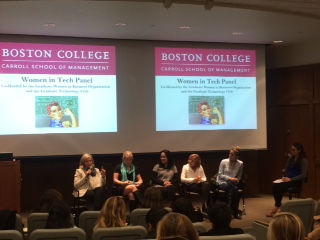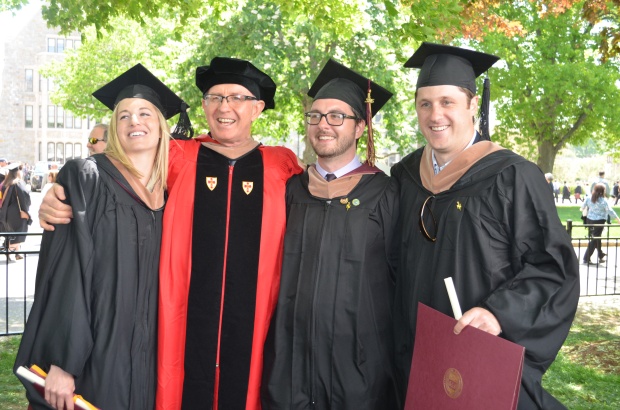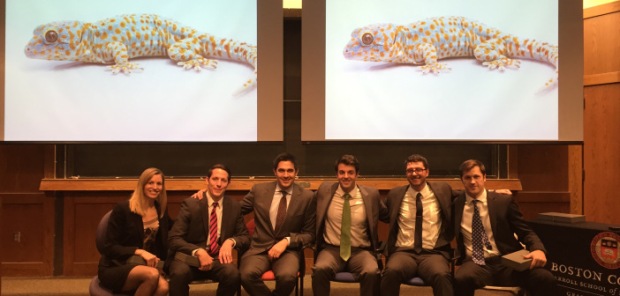A busy fall semester continued with an action-packed spring! Thank you to all the students, faculty, alumni, and professionals who helped us make this semester another successful one. Here is a glimpse of some of the events that the BC Grad Tech Club held over the past few months.
Bootcamps
This Spring, the BC Grad Tech Club continued to provide bootcamps – hour long introductory sessions to tech platforms, tools, and hardware – for both MBA students and undergrads. For more information about all sessions, please visit the Skill Building page on our website. There, you can find slide decks and instruction materials to the various bootcamps, in case you want a refresher or are interested in seeing what you missed.
APIs
Professor George Wyner of BC’s Information Systems department continued his support of the BC Grad Tech Club by hosting a bootcamp introducing APIs. APIs, which stands for Application Program Interfaces, are tools that specify how software components should interact; or, as Professor Wyner put it, APIs are “a Lego box full of modules ready to fuel innovation.” APIs are used by some of our favorite websites, including Twitter, Google, Facebook, and Netflix, each getting billions of API calls per day. After walking the attendees through an overview of API programming, Professor Wyner shared some user-friendly APIs and how we can integrate them into our lives.
Tableau
Fulton 150 was full when our very own Grad Tech Club co-president Alexa Villalobos, presented a Tableau bootcamp to graduate and undergrad students. Tableau is a data visualization software currently in high demand by employers. During the session, Alexa walked the room through the importation of data sets into the program and then showed some of the many features of Tableau. Using Startup Funding Data from Crunchbase, we saw how to transform the information from raw data to colorful visualizations based on location, the highest funding, and the volume of the startup’s market.
Students can receive a free one-year subscription to Tableau at http://www.tableau.com/academic/students.
Raspberry Pi
Before the BC Grad Tech Club kicked off its Fulton Hall Map Kiosk Raspberry Pi project, BC Information Systems professor Sam Ransbotham hosted a bootcamp to set up a Raspberry Pi. During the session, Professor Ransbotham brought two new Raspberry Pis and had students set them up. He then went through the Raspberry Pi operating system, Raspbian, and highlighted some of the features that distinguish it from the iOS and Windows operating systems.
This project was just the beginning of the club’s semester with the Raspberry Pi computer. Please read about that experience in the previous blog post!
Boston Tech Trek
During the spring semester, Boston Tech Trek was very busy, visiting eight tech firms throughout Boston. TripAdvisor was gracious enough to host over eighty BC students at its headquarters in Needham, MA. This trek was especially noteworthy because CEO Steve Kaufer spoke to students and answered questions.
Later in the semester, students had the privilege of visiting Datto, an information backup and recovery company located in the Downtown Crossing neighborhood of Boston. Next up were Jana, a tech company that enables people in emerging markets to have access to hundreds of apps without using data, and Greentown Labs, host to the largest collection of cleantech companies in the US. Boston Tech Trek closed out the year with visits to VC firm Highland Capital Partners, Aeronaut Brewery, Rethink Robotics, America’s Test Kitchen, and Amazon Cambridge.
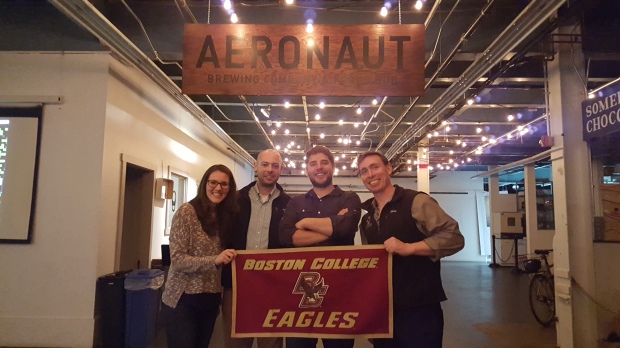
Accelerate@Shea
In collaboration with the recently launched Edmund H. Shea Jr. Center for Entrepreneurship, the BC Grad Tech Club facilitated a mentoring program for Accelerate@Shea. Accelerate@Shea is a student-run accelerator for entrepreneurial ideas. It provides funding, space, workshops, and professional advice for teams to work on and develop their ideas. The Grad Tech Club was able to assist in the venture by providing three MBA students as mentors in the areas of Marketing, Finance, and Operations. The three mentors, Kelly Garfield, Israel Kloss, and Dong Yul Lee, advised students via email and in-person meetings to help them overcome some of the challenges of developing and launching a business that they may not have thought about before. The reception to the mentors was strong, as they brought their real-world knowledge and experiences to the undergraduate projects.
On-Campus Events
On March 16, Boston College hosted Big Data Research Day, a day-long event focused on current faculty and student research and coursework related to big data. After a keynote address from Marvin Chow (’95), Senior Director of Global Marketing at Google, professors from various departments at Boston College shared how big data is impacting classroom learning and scholarship across BC, including how students analyze the texts of James Joyce and how the Lynch School of Education’s research is transforming how students engage with technology to learn. Analytics professor Sam Ransbotham spoke about how data exhaust from digital processes allows for uncovering of companies’ and individuals’ secrets faster than ever before. In addition to faculty presentations, various students’ academic and self-directed projects using big data were on display for public viewing.

In April, CSOM alum Seong Lee visited campus to speak to students about Quantopian, a platform that allows individuals to develop, test, and use trading algorithms to buy and sell securities. Seong spoke about how Quantopian tests trading algorithms on the platform, then backtests the algorithms to check for overfitting. The company evaluates algorithms on whether or not they are correlated to the market. They want trading patterns that are resilient to swings in the overall stock market. If Quantopian finds the algorithm to be successful over a period of time, it may just allocate funds to the script, giving the creator a portion of the profits.
Looking Ahead
As the 2015-2016 school year closes, we would like to congratulate BC Grad Tech Club presidents Alexa Villalobos and Dave Hackett on a successful year! Next year, Eric Rahn and Evan Ryan will be leading the club. Thank you to all for your continued support. As always, feel free to contact the club at bcgradtechclub@gmail.com if you want to get more involved!




